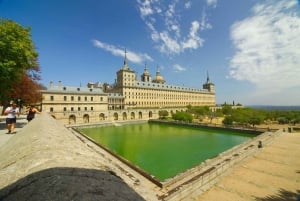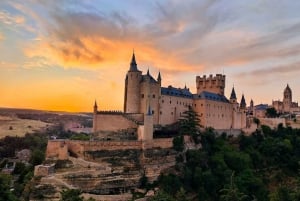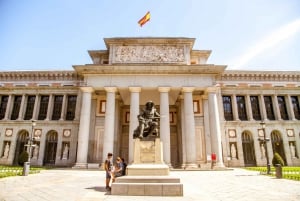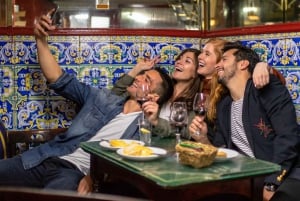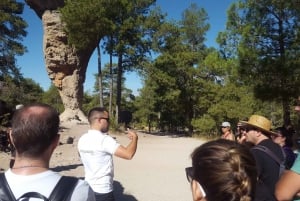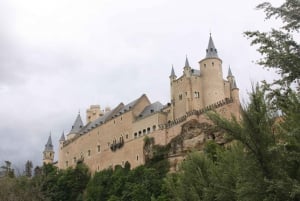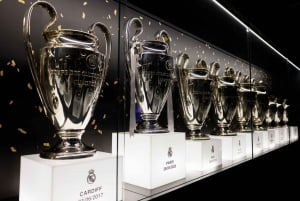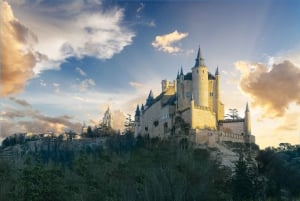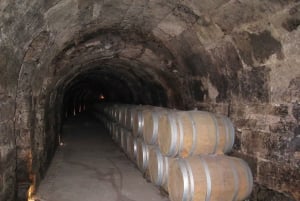Plaza de Oriente
King Joseph Bonaparte, Napoleon's brother, popularly known both as Pepe Botella and Pepe Squares, because of his fondness for drink and because of his desire to create and build squares, was the founder of the Plaza de Oriente.
He lived in the Palacio de Oriente as was done by his predecessors and then his successors. He wanted the palace to be seen from the Puerta del Sol and did not deter in demolishing all the houses, churches, and other buildings that obstructed the view.
Once the French troops were expelled with Bonaparte, King Fernando VII founded a large plot in front of the palace and ordered the Royal Theatre built. Then Queen Elizabeth II pressured her husband to reshape the square.
The square unites a unique architectural set that includes the Royal Palace, the Field of the Moors, and the Sabatini Gardens on the one side, the Almudena Cathedral on the other, the Royal Theatre in front, and between them the equestrian statue of King Felipe IV.
The statue was a work of great complexity because the king wanted the horse to appear to be rising on its back legs, which was a major challenge due to its overwhelming weight. It was the scientist Galileo Galilei who came up with the solution. Like all great ideas it was simple: make the back solid and the front hollow. The sculpture was modeled after a painting sent to the sculptor by Velazquez.
The square is dominated by a group of statues of Spanish Visigoth kings. Originally on top of the palace for decorative purposes, King Carlos III decided to take them down to avoid the risk of them falling and distributed them throughout the city.



